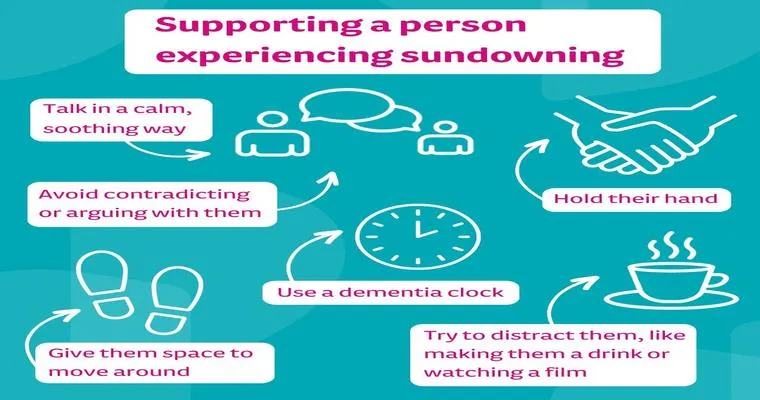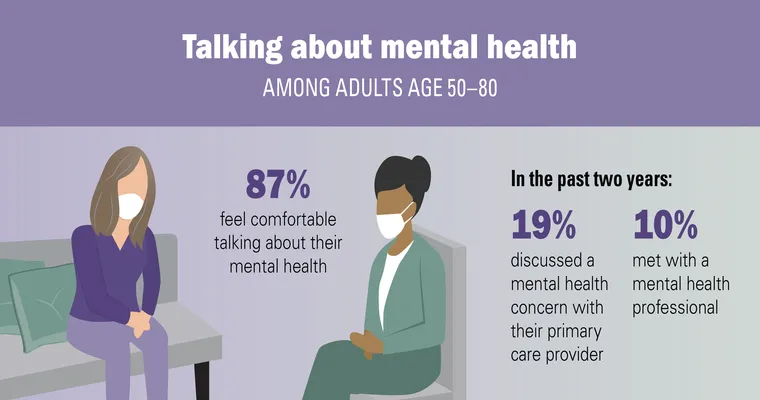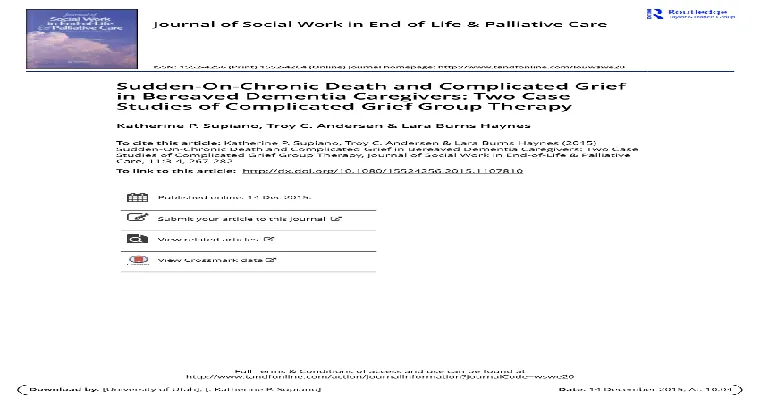As we transition into "Daylight Saving Time", many people experience changes in their daily routines. However, for individuals with dementia or Alzheimer's disease, this shift can lead to increased confusion and anxiety, commonly known as "sundowning behaviors". Understanding the connection between "Daylight Saving Time" and these behaviors is crucial for caregivers and families navigating the challenges of dementia care.
Understanding Sundowning
Sundowning refers to a phenomenon where individuals with cognitive impairments become more agitated and confused during the late afternoon and evening hours. This behavior can manifest as restlessness, irritability, and even aggression. The "change in daylight" can disrupt internal body clocks, leading to heightened anxiety and disorientation in those affected by dementia.
The Impact of Daylight Saving Time
The biannual clock adjustment of "Daylight Saving Time" can exacerbate these symptoms. As the clock shifts, individuals with dementia may struggle to adapt to the new schedule, leading to increased confusion. The "loss of an hour" in spring can particularly disrupt sleep patterns, making it difficult for those with dementia to find a sense of stability.
Strategies for Managing Sundowning
To help manage "sundowning behaviors" during the transition into and out of "Daylight Saving Time", caregivers can implement several strategies:
1. "Maintain a Consistent Routine": Keeping daily activities consistent can help reduce anxiety. Try to keep meal times, medication schedules, and bedtime routines the same, even after the clock changes.
2. "Monitor Light Exposure": Exposure to natural light during the day can help regulate circadian rhythms. Encourage outdoor activities in the early part of the day to promote alertness and reduce confusion later on.
3. "Create a Calm Environment": As evening approaches, dimming lights and reducing noise can create a more soothing atmosphere, helping to minimize agitation.
4. "Encourage Physical Activity": Engaging in physical exercise during the day can improve sleep quality at night, helping to stabilize mood and reduce sundowning symptoms.
5. "Be Patient and Understanding": Recognizing that sundowning is a symptom of the underlying condition can help caregivers approach the situation with empathy and patience.
Conclusion
As we adapt to the changes brought about by "Daylight Saving Time", it is essential to be mindful of how these shifts can impact individuals with dementia. By being aware of the potential for "sundowning behaviors" and implementing proactive strategies, caregivers can better support their loved ones during these challenging transitions. Understanding the interplay between "Daylight Saving Time" and cognitive health is crucial in providing compassionate and effective care.





